In recent years, bomb cyclones have become a worrying meteorological phenomenon, especially during the winter. Although they share some characteristics with tropical storms, bomb cyclones are not tropical storms.
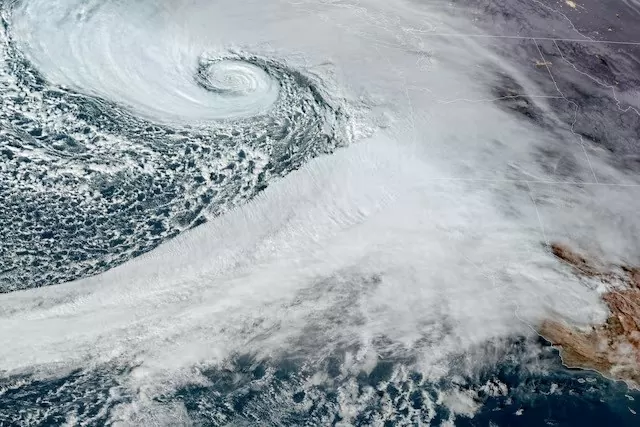 |
| A bomb cyclone formed off the Pacific Northwest coast of the United States and western Canada on November 19. (Source: Reuters) |
According to Reuters , a bomb cyclone, also known as explosive cyclogenesis, is a powerful low-pressure vortex formed from a rapid increase in atmospheric pressure over a short period of time.
A cyclone is a low-pressure system where the atmospheric pressure at the center is lower than that of surrounding areas, causing swirling winds. A bomb cyclone can produce winds as strong as 73 mph (119 km/h), equivalent to tropical storm force, but it is not a tropical storm.
Bomb storms form when atmospheric conditions at the ground and in the jet stream are suitable to stimulate a strong growth of low-level vorticity. The jet stream is a band of strong winds in the upper atmosphere and a combination of complex atmospheric processes create these storms.
Typically, bomb cyclones begin with a disturbance in the winds in the middle layer of the atmosphere (about 5-8 km above the ground).
Another important factor that increases the intensity of bomb cyclones is the warm surface temperature of the ocean. Many of the most powerful bomb cyclones form over the oceans. As water vapor turns into liquid or ice, a large amount of energy is released, increasing the intensity of the storm.
Bomb cyclones occur mainly over the oceans and typically occur during the cold season in both hemispheres—November to March in the Northern Hemisphere and May to August in the Southern Hemisphere. The areas most prone to bomb cyclones are along coasts where there are warm ocean currents, such as the Kuroshio Current off Japan and the warm Gulf Stream off North America.
Although bomb cyclones can produce winds as strong as tropical storms and sometimes have some tropical storm-like characteristics, they are not tropical storms.
Bomb cyclones form in the middle atmosphere and are often associated with weather fronts—boundaries between two air masses with different properties, such as temperature. Tropical cyclones, on the other hand, originate in the tropics and are not associated with strong weather fronts or jet streams.
As global climate changes, more extreme and frequent weather events are occurring. However, whether bomb cyclones will become more common or more intense is unclear.
The Earth is warming, and this may make some of the potential energy of bomb cyclones stronger. However, warming is not uniform across the globe, and observations show greater warming at higher latitudes, which may reduce the overall intensity of bomb cyclones.
Source



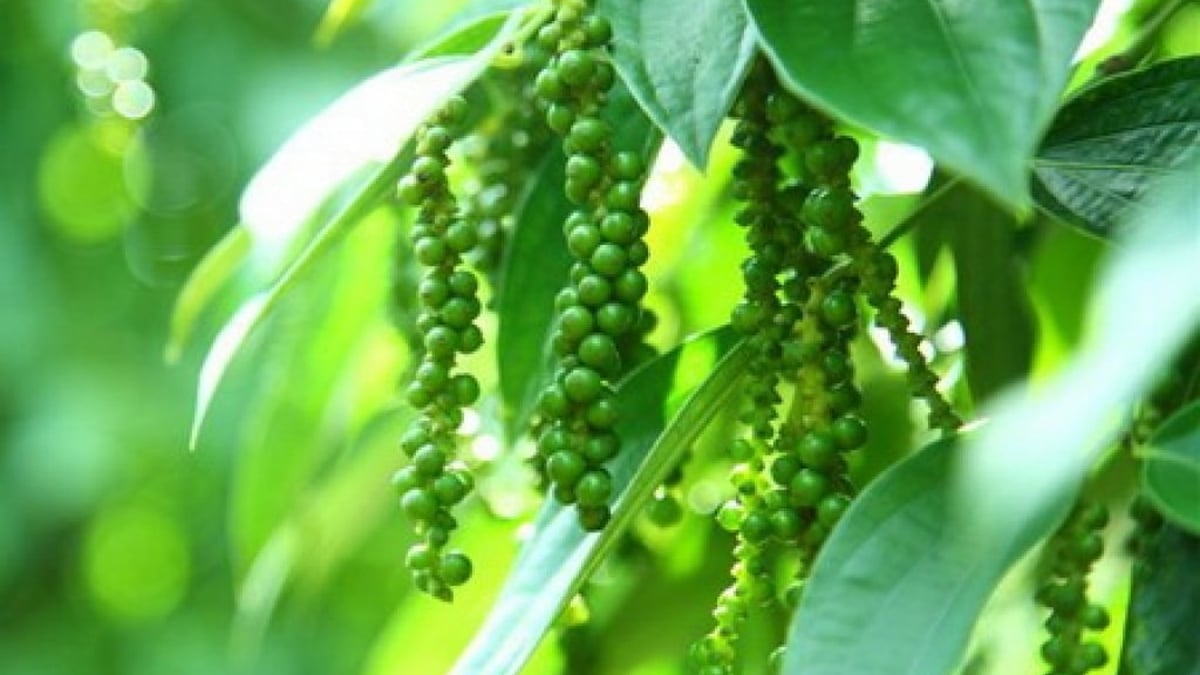


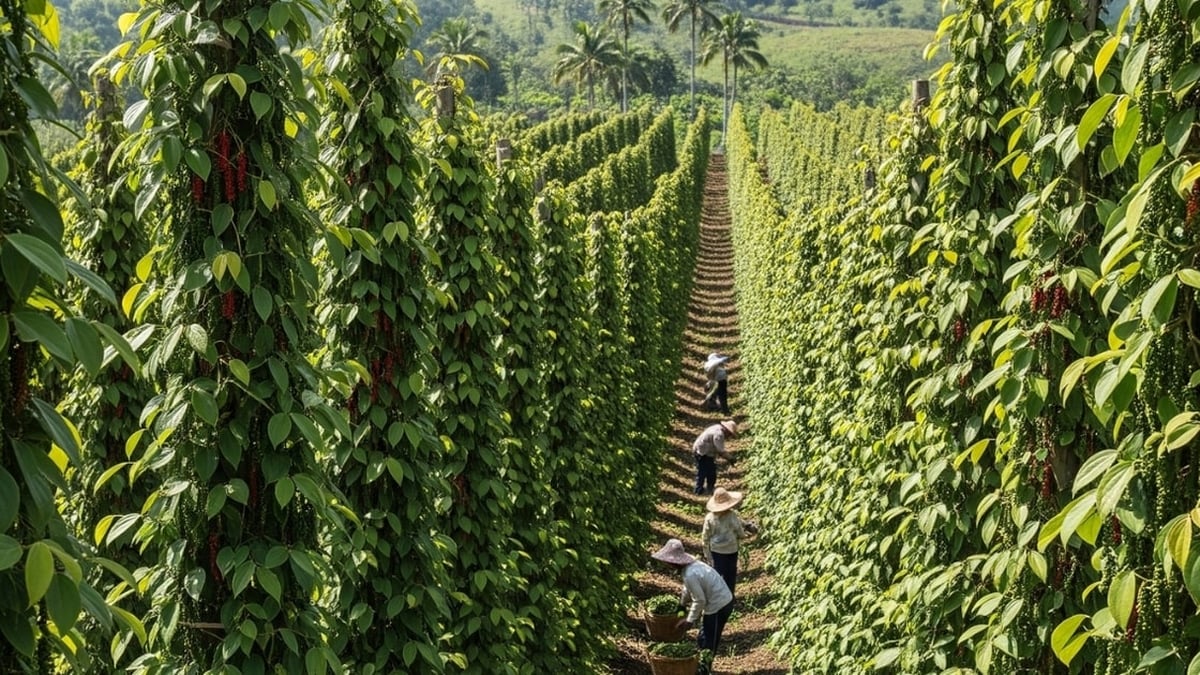
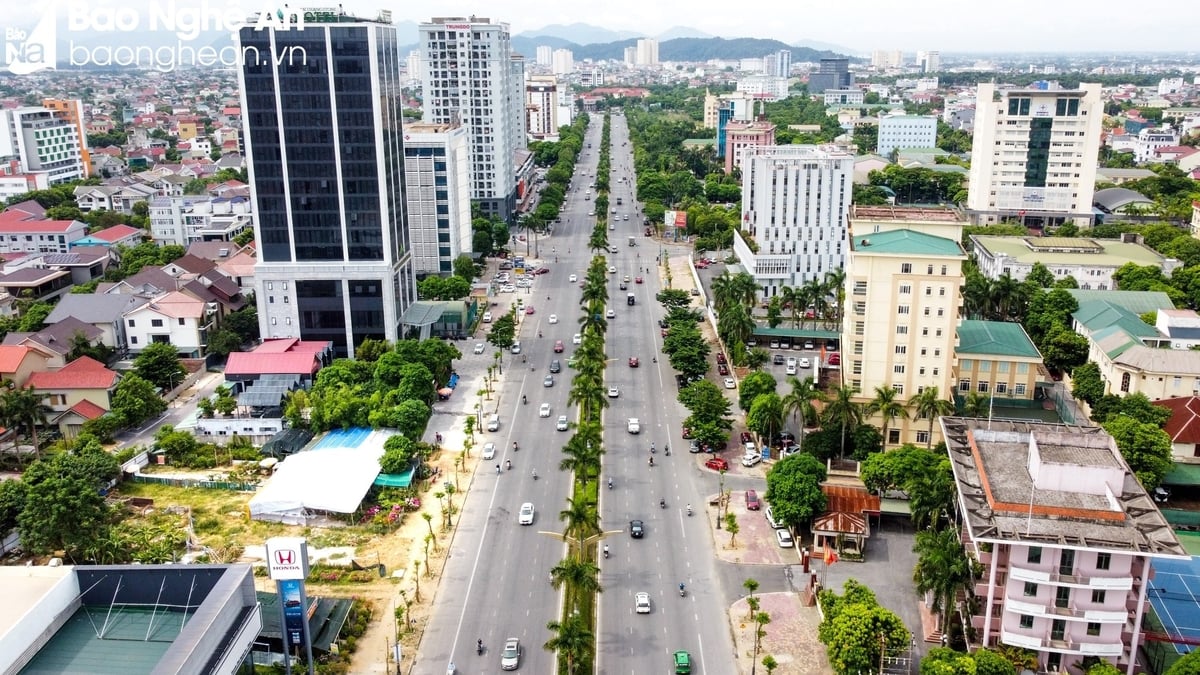
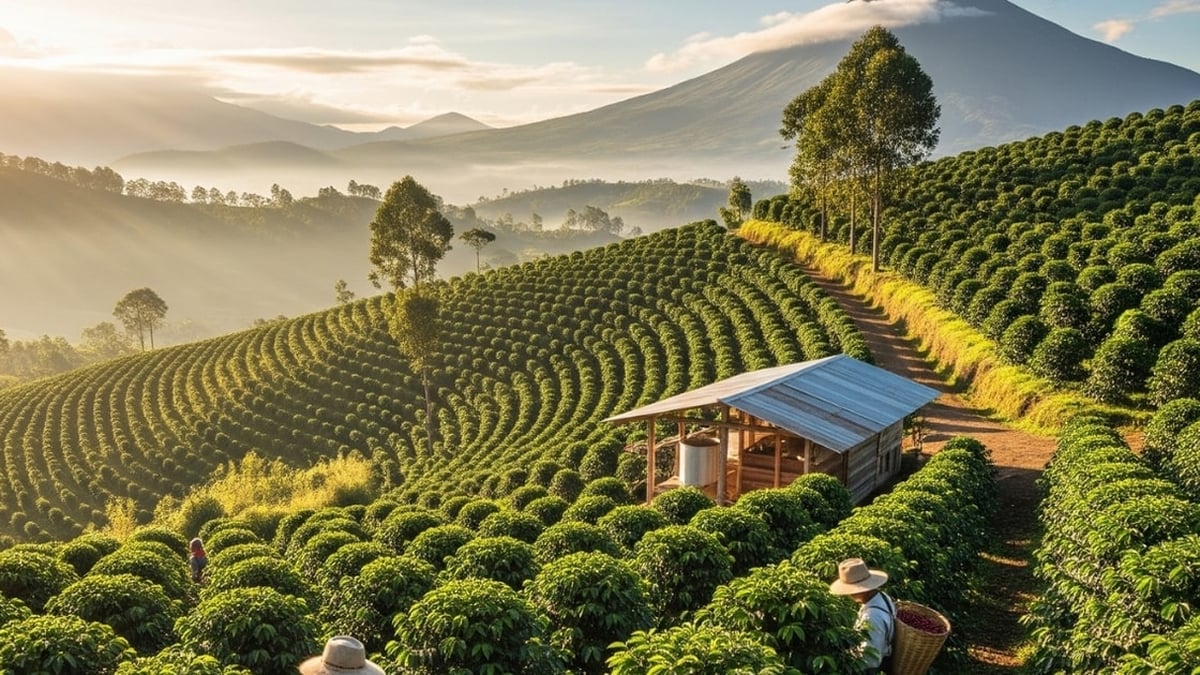


























































































Comment (0)